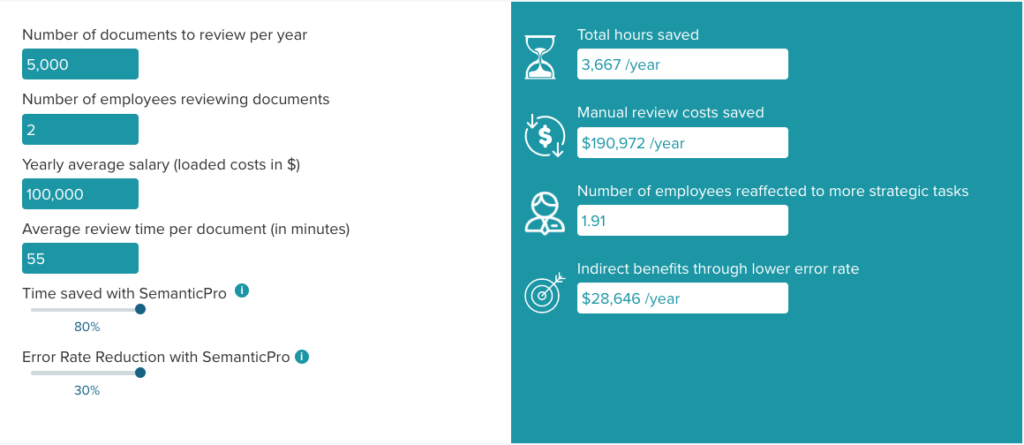The AI ecosystem is evolving so rapidly that it is difficult to recognize the trends which will impact business practices most. The AI jargon is changing as well: if you are still talking of “Transformer language models”, it is time for an update: these days, the likes of Google BERT and GPT-3 are called “foundation models”. These technologies are increasingly seen as critical to inspiring new business models and driving new revenues. From AI tools that boost creativity to niche solutions that improve the efficiency of business processes, and a market shift towards more transparent and sustainable artificial intelligence software: This article lists the trends that businesses should not miss in 2023.
#1 – Foundation models democratize creativity
As The Economist puts it: Huge foundational models are turbo-charging AI progress – not a surprise, given that more than 80% of AI research is focusing on them. Foundation models are a type of machine learning model that are designed to be general-purpose and can be fine-tuned for a wide range of tasks. They are typically trained on very large datasets (in the order of billions or even trillions of parameters). They build the basis for solutions that translate text, understand spoken commands, and recognize faces in images.
But foundation models also power a new breed of tools that mix up a domain which – up until now – was reserved for humans: the creation process. Text to image generators like Fotor or Midjourney democratize the creation of professional, stunning illustrations – some people event talk of AI art. Organizations like The Economist or Nestlé are already leveraging this technology to create magazine covers or advertising campaigns. Nowadays, you can use AI tools to create professional videos with human-like avatars, without having to invest in camera teams, actors, and studios. Most recently, OpenAI introduced ChatGPT, a long-form question-answering AI that answers complex questions and can be used as a fact checker, headline generator and more.
There is no doubt that 2023 will see an uptake of such creativity-amplifying solutions that help business practitioners, social media aficionados and artists in want of inspiration produce content quicker and easier – with the potential of boosting the productivity of many content-centered processes in the enterprise.
Example of a video created with AI
#2 – Businesses combine niche AI products for maximum efficiency
According to a Gartner 2021 CIO survey, only 24% of respondents have deployed AI projects, although 94% indicate that they either have AI on their radar or have initiated projects. The reason for this slow adoption is simple: it is very hard to prove the value of AI in the enterprise.
One of the performance criteria business AI is measured by is accuracy. For many business processes, approximative understanding of natural language can be fatal, especially when a lot of money is at stake. This is the case, for example, when historical and competitive data must be analyzed before submitting critical quotes – a small error, and the deal goes to the competition. Highly specific vocabulary that varies from company to company even within the same industry, ambiguous formulations, absence of uniformization in structure and form of content: all of this makes it necessary to train custom models with appropriate, labelled data that reflect as best as possible the use case-specific semantic space – a highly limiting factor for most enterprises.
As a response, the AI ecosystem is experiencing a trend towards niche products that fine-tune foundation models with context-relevant data to offer pre-trained solutions: automated processing of invoices and client onboarding forms are typical examples. These use cases have in common that the vendors had access to a lot of training data (sometimes in the order of millions) to reach satisfying levels of accuracy.
However, the majority of business use cases involving unstructured text do not supply enough training data to fine-tune foundational models. This explains why innovation-driven start-ups are looking into alternative Natural Language Processing (NLP) methods like Semantic Folding to close the gap between the needs for high accuracy levels on one side, and the shortage of labelled data on the other side.
The trend towards highly specialized AI and NLP products will accelerate in 2023, as organizations begin to understand that one single AI provider cannot solve all their problems. Businesses will increasingly turn to platforms where they can combine different plug and play tools to perfectly match their business case. This modular approach will also contribute to improve the ROI of AI projects by shortening time to value.
Example of online ROI calculation tool
#3 – The pressure for NLP models to become more transparent increases
A sentence beginning with “Two Muslims walked into…” is three times more likely to contain violent connotations than with adherents of another religion, when working with OpenAI’s GPT-3 language model. Biases in large word embedding models are a huge source of concern, as they can instill discrimination in the decision chain commanded by an AI solution.
The thing is, foundational models are literally black boxes that not even their designers can inspect (not to mention the end users who have no access to the parameters parked on the cloud, behind an API wall). There is no way to know why the model provided this answer rather than another one, no means to investigate which parameters were involved and how they were weighted. A problem in times where more and more governments are investigating how to impose ethical use of AI.
Since organizations cannot afford to deploy untransparent solutions, the pressure on the AI industry to move towards inspectable tools is growing. The tech giants behind the foundation models are proposing first solutions in this direction, by investing in a better curation of training data, limiting access to the full power of the models, or incorporating user rating. Implementing audit mechanisms, establishing standards for training AI models or even certifications, could be the next steps.
In 2023, the trend towards responsible and accountable AI decisions will continue to shape the way AI solutions are designed – moving ethical considerations from simple afterthoughts to central design elements and bringing AI vendors to look into data representation models that enable fine-grained parameter inspection.

Example of an image created with AI
#4 – Enterprises are asking for more sustainable AI solutions
Gartner assumes that, by 2025, 50% of CIOs will have performance metrics tied to the sustainability of the IT organization. This comes as a response to the increasing pressure from different stakeholders for enterprises to demonstrate environmental, social and governance (ESG) sustainability. Unfortunately, AI and especially large language models have a highly negative environmental footprint. The brute force approach behind the foundation models requires huge computing resources that are not eco-friendly at all. Even the energy needed to customize the initial models is way too high compared to the output.
Turning to AI toolkits and marketplaces like Hugging Face that make pre-trained models available and foster collaboration on models and data sets is a path towards more sustainable AI projects, since they help reduce the compute costs for training a model from scratch, and consequently also reduce the carbon footprint of the whole implementation. However, the fact that only 54% of AI models move from pilot to production shows that a lot of resources are wasted along the enterprise AI journey.
Purchasing more efficient software that performs operations quicker and requires less computing power is an important step toward sustainable IT. In 2023, IT buyers will increasingly look for efficiency benchmarks before making a decision. Vendors that can demonstrate a 4,300x increase in energy efficiency compared to other solutions will certainly have a competitive edge.


